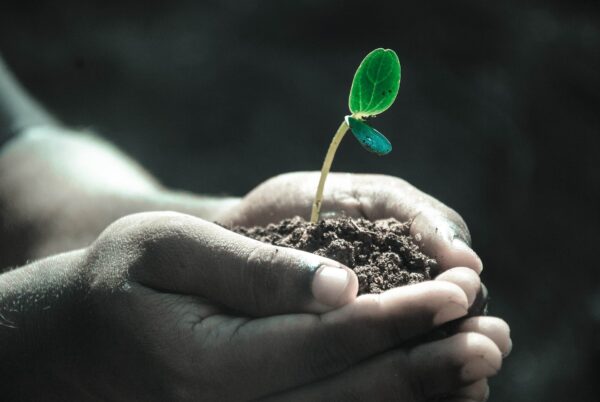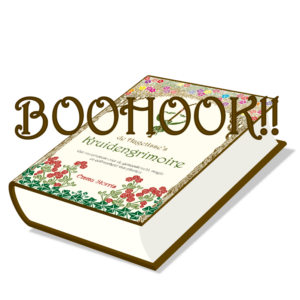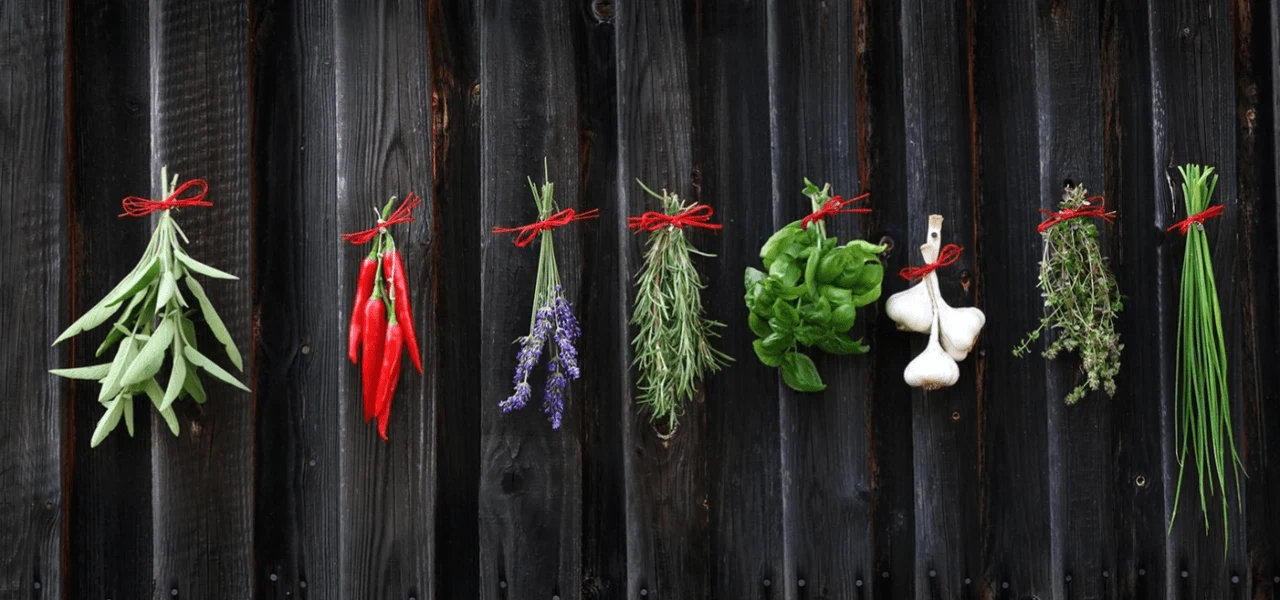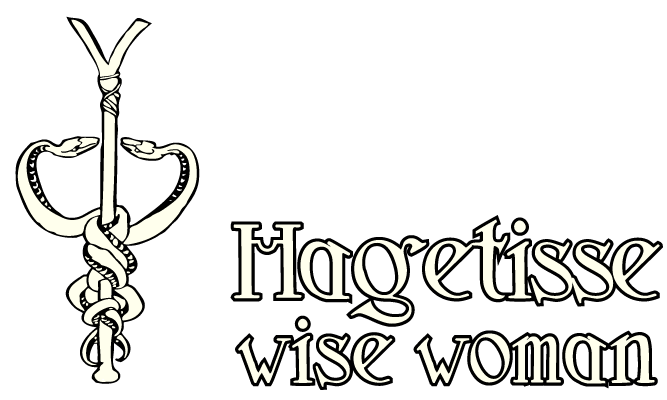The foundation of a healthy life, part 3: a healthy way of growing

Conclusion from the previous blogs: everyone seems to agree on a couple of things. We have to eat a lot of fruit and vegetables, preferably as many different kinds and as fresh as possible. The longer it takes for the fruit and vegetables to arrive on our plates, the less vitamins and minerals they contain. It is therefore important to keep the time that elapses between production and consumption as short as possible. This is not always easy and that is why it is nice that we now have methods for immediate preservation and storage of fresh vegetables.
Frozen vegetables, provided they do not contain any additives, are a good example of this. However, if fresh fruit and vegetables are available, they are always preferred. Having your own vegetable garden is king, while canned and cooked red cabbage is the least recommended. While you’re at it, put some forgotten vegetables in your own patch, because the selection in the supermarkets is unfortunately becoming increasingly limited.
Healthy crops require healthy soil
Then there is the matter of cultivation. We have been exhausting the soil for years. We do this by planting only one type of plant on a large area at a time, making sure that everything else that lives in that field dies and leaving that piece of land bare after harvesting. That one plant species may have taken all the nutrients from the soil and we leave nothing behind. No other plants and animals, no significant left over plant material from the harvest, only bare soil with fewer nutrients for future crops.
We solve this by spreading fertiliser and slurry on the land before we plant a monocrop in the same field again for the next growing season. Fertiliser and slurry, however, do not contain everything that a healthy soil and the plants growing on it need. The result: an increasingly poor soil. That is one of the reasons why crops contain less and less nutrients. This means that we have to eat such large quantities of a crop to obtain the necessary nutrients that it is now almost impossible to achieve.
Year after year we continue to erode the earth
In addition, by tending the soil like we do, we lose the fertile part of the field due to erosion. Because we leave it bare for a large part of the year – often exactly during that part of the year when the weather is most challenging – the topsoil just washes and blows off. We also work it with ever larger and heavier machines and thus compact it. Where a soil is compacted too much, nothing will grow. Just look at a dirt road. The parts which are driven on, the tire tracks, will become completely bare over time, while plants keep growing in the center and on the sides.
Why do we work our fields like that? Because we no longer have a connection with the land. Because we no longer see ourselves as part of the earth, but see the earth as something that we can shape as we wish. Because we think we are smarter than a natural ecosystem. We came up with this system of ours, saw great harvests at first and patted ourselves on the shoulder.
We no longer listened to our common sense, which could have told us why everything normally grows together. In a stable ecosystem there’s symbiosis. Everything supports everything else, thus growing as healthy and large as possible. Nature is full of mechanisms that ensure that all works optimally. When we broke this system, we started a downward spiral. The unilateral planting of fields made crops more susceptible to diseases and pests. But again we solved that… by spraying poison.
What kills a small animal can eventually kill a large animal
The vast majority of what is in our shops has been sprayed with pesticides. That is a fancy word for poison that works against anything that we find harmful or annoying and lives between and on our crops. It kills all unwanted animals on the produce and all unwanted plants between the produce. We are told that this poison is not harmful to public health. Common sense, however, tells me that what kills a small animal will kill me in larger amounts just as well.
Another word for pesticide is biocide, or life-killer. That word says it all, right? Of course there are guidelines for what is dangerous and what is not, but many crops are regularly only just below the maximum quantities. And it is not the case that we only eat one type of produce, but we eat several and thus stack the amount of pesticide residues that we ingest.
Meanwhile, tests have shown that, despite careful washing of fruit and vegetables, people ingest a lot of pesticides. So why poison free is not the standard? No idea. In any case, my gut and my experience as a healer tell me that it is better to grow it yourself or at least go organic. That simply makes sense.
A short summary
So what have we discussed so far? That we are looking for balance in carbohydrates, fats and proteins, sensible use of fats, not too much sugar, lots of fruit and vegetables and everything as varied and pure as possible. That is the foundation of good food. Then of course there is the most important question: what does your body need?
I wrote earlier that there is no such thing as a standard healthy diet. During my years as a therapist I saw that in practice. Where one did very well on only carbohydrates from fruit and vegetables and a relatively high amount of proteins and fats, the other benefited more from an average diet and yet a third really needed more carbohydrates to thrive.
From food in general to food for you
How we dealt with that? In the early days of my practice I sometimes found that difficult. I was trained in a certain perspective on nutrition and my head got in my way from time to time. But I soon realised that the bodies of all those people with different backgrounds and histories really all worked differently. After a while I was able to predict, from the complaints and the ‘type’ of person I had in front of me, what type of diet we should start with and then we made adjustments as necessary.
It makes perfect sense that there is no standard diet. Over time, man slowly but surely spread across the Earth and bodies had to adapt to the conditions of the climate they entered. The conditions in the north of Scandinavia, for example, are radically different from those in the heart of Africa. Less sun, more cold, other types of food available. Those smart bodies had to adapt in order to not die out. And elsewhere the threats we encountered were different again. As a result, different tolerances and intolerances have emerged around the world, as well as bodies that do well on a wide range of different living conditions and dietary patterns.
Ask yourself: where did my body come from?
In recent history, all those people with all those different optimal diets have travelled all over the world again and have mingled with other people, so that the standard can no longer be determined by location alone. Take a look on the streets and see all those different skin tones which tell you about a myriad of different backgrounds. Location provides hardly any rules to go by when it comes to nutritional needs.
One rule will always remain, though, and that is that all food must be as pure and unprocessed as possible. After all, we have never eaten from packages until recently. Our body is made for and by pure and unprocessed food.
The most difficult thing for me at the moment is that we are four in our family and therefore have a diet that works for four people and is not necessarily ideal for myself. We do usually cook with pure ingredients, as fresh and unprocessed as possible. And we eat when we are hungry, drink when we are thirsty and take the time to eat the meal unhurriedly so that we notice any signals from our body.
More on this topic in the next blog…




